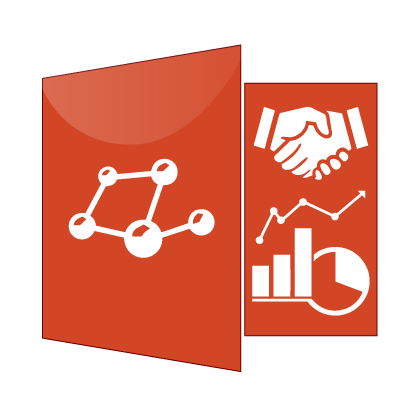Land use planning for Low Emission Development Strategy (LUWES)

The Land Use Planning for Low Emission Development Strategy (LUWES) is a platform for developing a multiple stakeholder decision-making process to establish land use plans for sustainable development, which can reduce greenhouse gas emissions from land-based activity while simultaneously maintaining economic growth. It can simulate emissions reduction scenarios within specific zones of a landscape, or across an entire landscape, in order to produce ex ante emissions reduction and opportunity cost forecasts. It also recognizes the impact of land use allocation policies and distribution on tenure and livelihood.
LUWES offers a set of principles, steps, and tools (including a Java-based software: Abacus SP) to help multiple stakeholders negotiate the development of land use plans. In LUWES, tools such as RaTA (Rapid Land Tenure Assessment), RaCSA (Rapid Carbon Stock Appraisal), and RESFA (REDD/REALU Site Feasibility Appraisal) are included in the multiple stakeholder decision-making process.
LUWES uses ex-ante trade-off analysis to help establish a land use plan for low emissions development at the landscape level; this would be an economic system that minimizes greenhouse gas emissions while still generating appropriate economic benefits. In order to link land use planning to greenhouse gas emissions, LUWES uses the concepts of the Reference Emission Level (REL) for the gross projected emissions under the baseline (business-as-usual) scenario on current land use/cover, and the Reference Level (RL) for the net emissions.
LUWES is implemented through 6 key steps:
1. Compilation of existing land-based development plans and spatial plans into a single system, identification of zones relevant to the strategies and policies of the land use plan, and intervention with regard to land use changes, economic gain, carbon stock and potential emissions;
2. Development of baseline scenarios and estimation of projected REL and RL. Baseline scenarios can be based on a linear projection of historical land use changes, the modelling of drivers of land use changes, forward looking plans through the adoption of an existing plan, and the projection of emissions from the baseline scenarios as the basis of setting the REL/RL. However, REL/RL will eventually have to be negotiated at a broader level;
3. Calculation of opportunity cost as the trade-off of financial gain and emissions from land use changes based on the baseline scenarios. Trade-off analysis should ideally include employment and economic gain;
4. Development of scenarios to reduce emissions, simulation of these scenarios to estimate the ex post emission reduction, estimation of the opportunity cost of the emission reduction, and selection of the most efficient scenarios;
5. Identification of cost bearers from the selected emission reduction scenario and analysis of synergy between this and the subsector, and development prioritization across the landscape at the smallest administrative level based on gaps and inequality. This involves direct stakeholder negotiation and will result in revised scenarios. Most of step 4 will need to be repeated;
6. Identification of the need for policy intervention to support local strategic and action plans for emissions reduction in order to implement the agreed scenarios.
